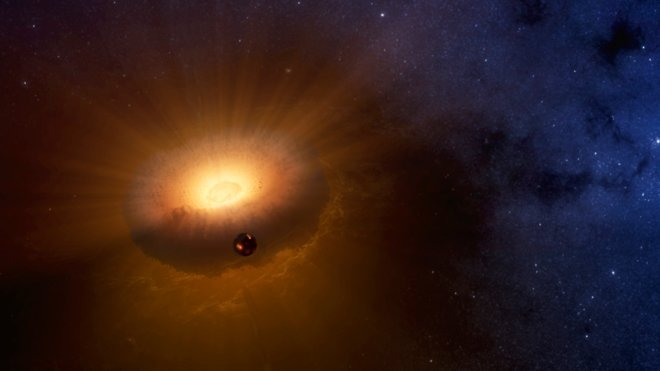
Once upon a time, about 4.5 billion years ago, the Earth was an unformed doughnut of molten rock called a synestia — and the moon was hidden in the filling.
That’s one possible explanation for the moon’s formation, anyway. And according to a new paper published today (Feb. 28) in the Journal of Geophysical Research – Planets, it may be the best explanation scientists have so far.
“The new work explains features of the moon that are hard to resolve with current ideas,” study author Sarah Stewart, a professor of Earth and planetary sciences at the University of California, Davis, said in a statement. “The moon is chemically almost the same as the Earth, but with some differences. This is the first model that can match the pattern of the Moon’s composition.”
By AUTHOR – Full Story at Live Science


